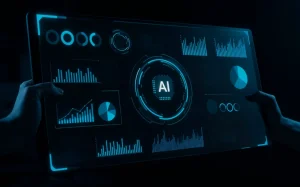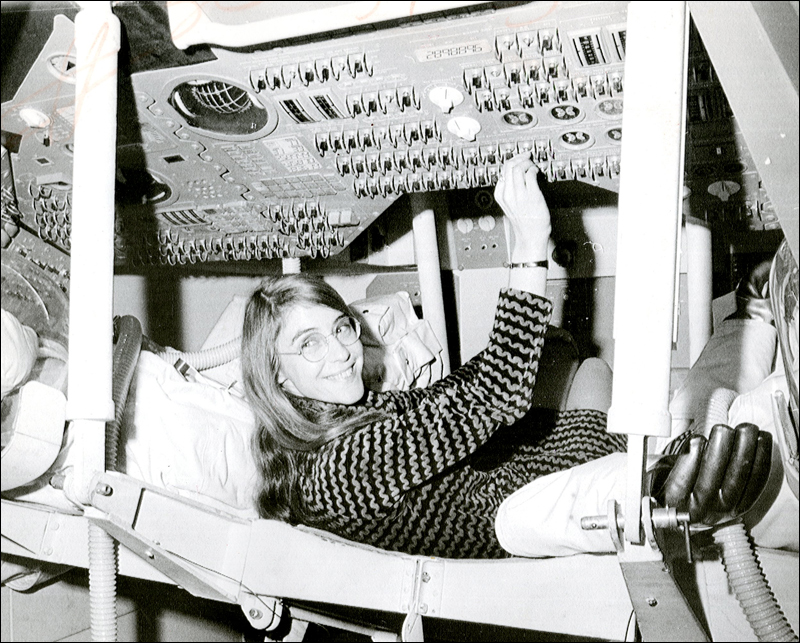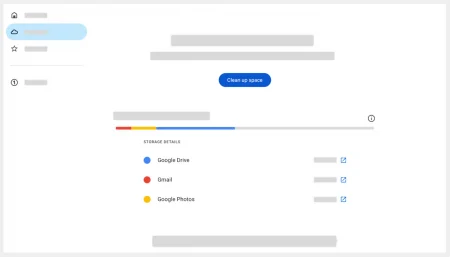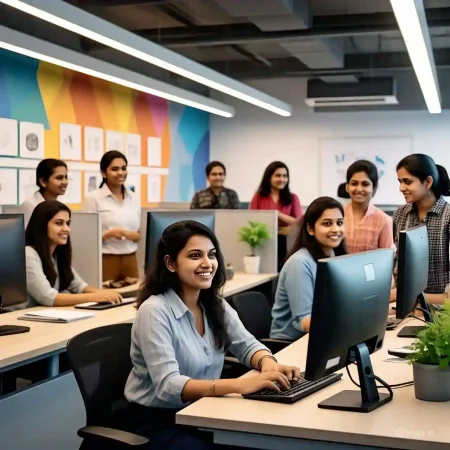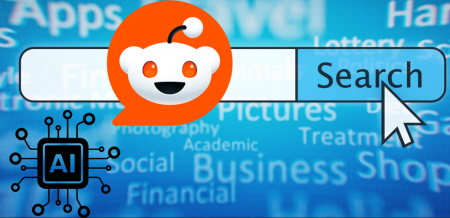Much of computing and programming owes its inception to the effort and intelligence of path-breaking women. Adarsh recalls the contributions of some of those pioneers of progress.
For an industry that is often considered as a ‘boys club’, much of the contribution to the dawn of programming and computing in fact came from women. But as is often the case, they’re not the ones history remembers. Which is why we are recounting the valuable contributions of 6 such pioneering women in the field of technology.
While no such list can be exhaustive, it is meant to commemorate all the trailblazing women who have made important forays in this field.
1. Ada Lovelace (1815-1852)
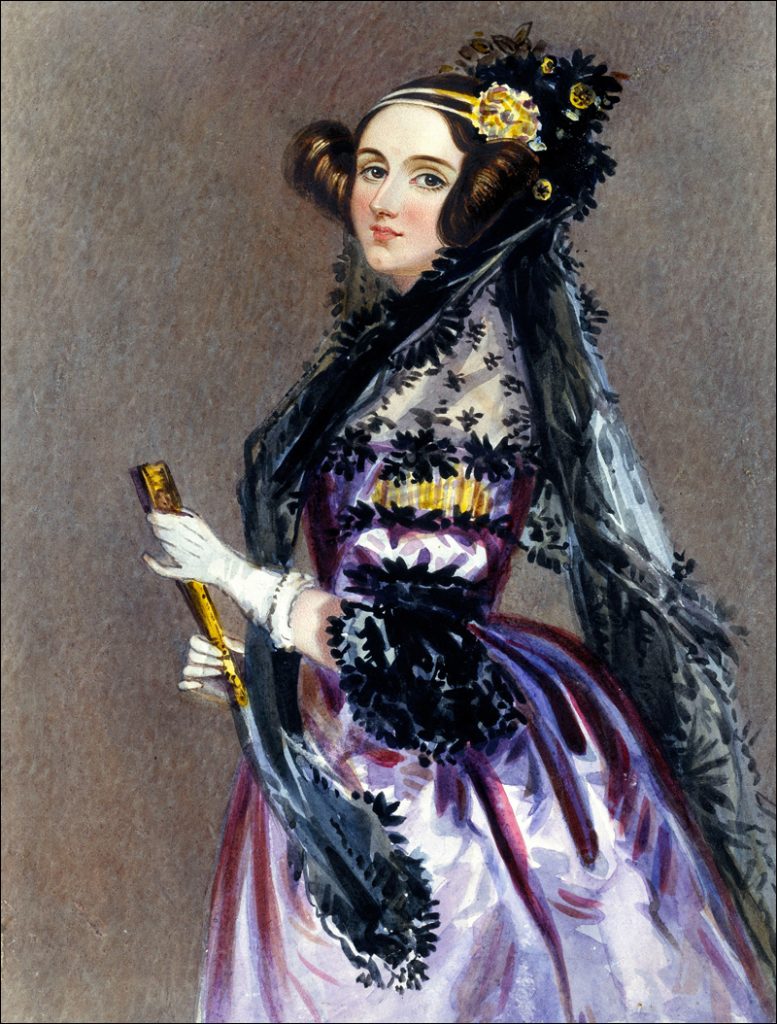
Considered the Founder of Scientific Computing, Ada studied mathematics and in 1843, translated a French article on the Analytical Engine. She made several additions to the notes including a stepwise sequence of operations to solve a mathematical formula. It was her idea that a machine could match symbols with rules and that numbers could mean more than just quantities and this marked the transition from calculating to computing.
For her contributions, Ada is recognized as the world’s first programmer!
2. Grace Hopper (1906-1992)
Apart from being the first woman to graduate with a PhD in Mathematics from Yale and becoming the first woman to rise to the rank of Admiral in the US Navy, Grace is credited with writing the first computer language compiler called A-0. The compiler translated mathematical code into binary which could be read by machines. These compilers are what made it possible to write programs for multiple computers rather than a single machine, thus creating the basis for modern computing.
Grace also worked on IBM’s Mark 1, one of the first electromechanical computers. She was the one who programmed the Mark I and added the machine instructions onto tape. She even wrote a 561-page user manual for the Mark I. Up until then, computer languages like FORTAN used mathematical symbols. Grace wanted to make the programming language more user friendly and thus developed Flow-Matic, the first programming language to use English commands.
3. Erna Hoover (1926-)
As a child, Erna read Marie Curie’s biography which is what inspired her to succeed in a field dominated by men. Credited for “revolutionizing modern communication”, she invented the first computerized telephone switching system. Her technique prevented system overloads by monitoring call center traffic and prioritizing tasks on phone switching systems to enable better service during peak calling times.
For this invention, she became one of the first people to earn a patent for a software.
4. Margaret Hamilton (1936-)
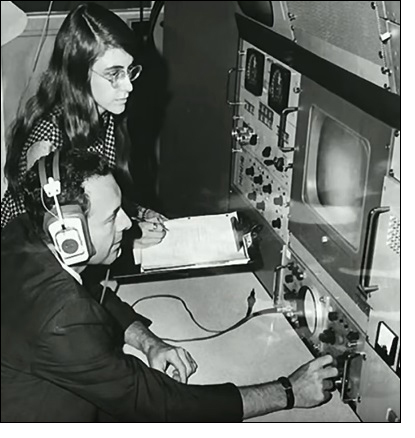
If it weren’t for Hamilton and her computer software, Neil Armstrong might never have set foot on the moon! The computer programmer from MIT led the NASA team that created the onboard flight software for the Apollo Missions, including the Apollo 11 which resulted in the first moon landing in 1969. Her approach was so rigorous and successful that not a single software bug has been known to occur during any of the Apollo missions.
5. Radia Perlman (1951-)
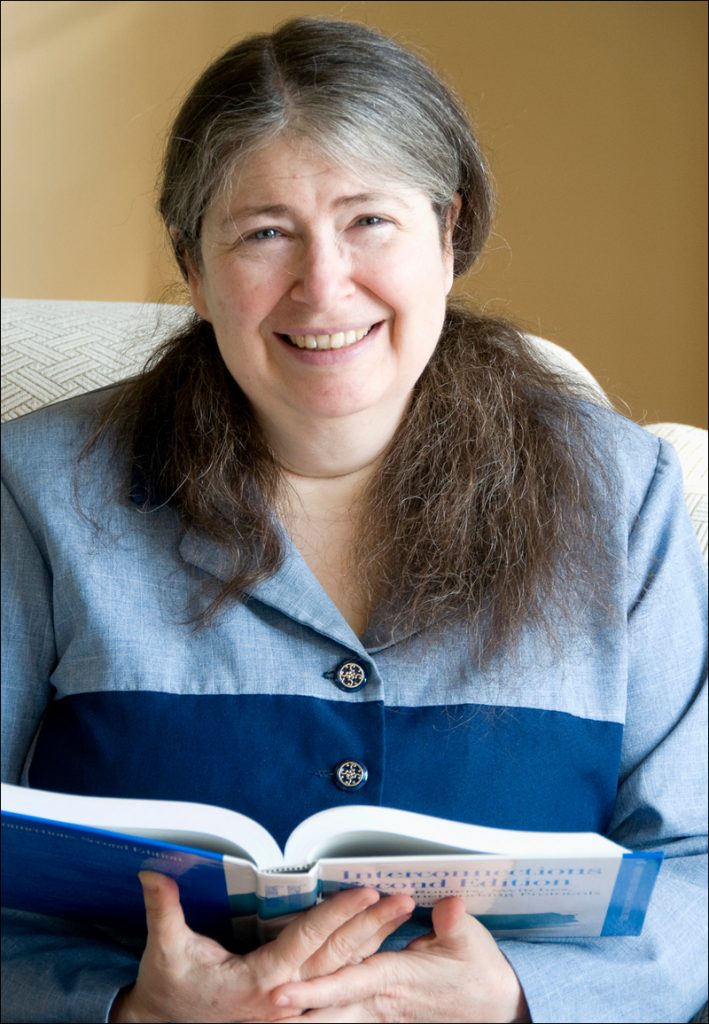
Another MIT graduate, Perlman is widely hailed as the Mother of the Internet! She is credited with inventing the Spanning Tree Algorithm and the Spanning Tree Protocol. STP is what enables network bridges to locate loops in a local area network (LAN). This invention solved a challenging information routing problem.
Perlman has gone on to earn over 80 patents and has taught courses at MIT, Harvard University and the University of Washington. But she is more focused on teaching computer programming to young children. So much so that she took the educational robotics language LOGO and made a child-friendly version called TORTIS (Toddlers Own Recursive Turtle Interpreter System).
6. Sophie Wilson (1957-)
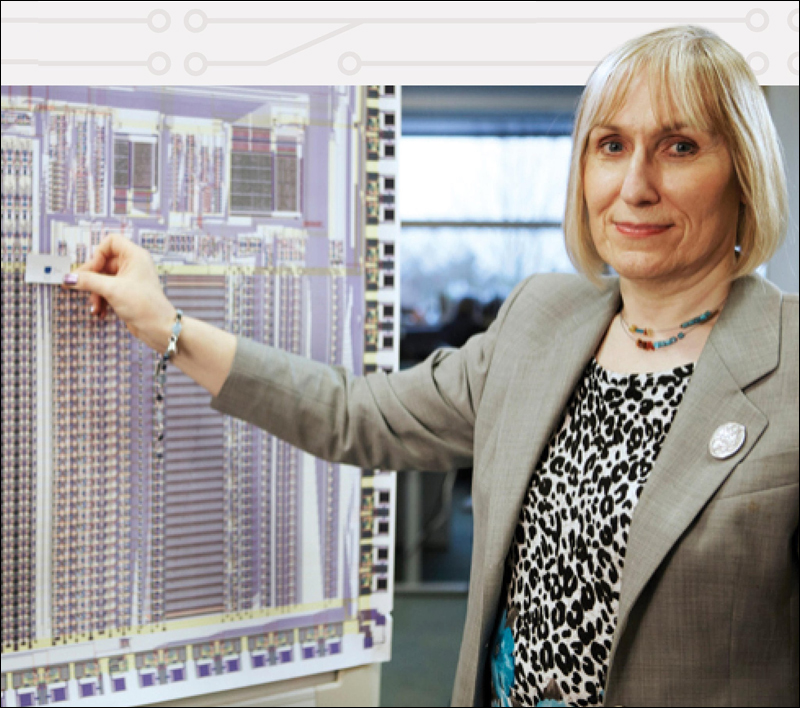
Sophie was always an inventor! Born in England, she invented an automatic cow-feeder during the summer holidays. So it came as no surprise that at 22, she designed the Acorn System 1, an early 8-bit microcomputer. This was built commercially by British company Acorn Computers in 1979.
Within a week of joining Acorn, Sophie designed the first version of the BBC microcomputer. Sophie wrote the operating system and the BBC basic interpreter. Soon after that, she co-designed the 32-bit RISC Machine processor.
This ARM processor is now used in a variety of products, from smartphones and tablets to televisions and video games. The number of ARM processors now being shipped exceeds 30 billion. No wonder, Sophie is regarded as the Mother of the Smartphone!
If you know about more such awesome women who paved the way in the world of tech, please let us know in the comments section!
In case you missed:
- Param Rudra: Modi launches India’s Homegrown Supercomputing Powerhouse
- Scientists Discover Earth’s Third Energy Field, after 60 Years of Searching
- India’s AI Ambitions in the Spotlight amidst DeepSeek’s Disruption
- Apple Intelligence to increase Global Reach with Multilingual Support
- Should Chatbots have Rights? Ethicality vs Practicality
- Meta AI launches on WhatsApp & Insta in India
- Meta’s Puffin Project: Future of Mixed Reality in a Pair of Glasses
- 15 Billion Transactions a Month! How UPI is transforming India’s Digital Economy
- Grok 3 vs ChatGPT: Which One Should You Pick & Why?
- Microsoft enhances AI Copilot with Voice, Vision & Deeper Thinking

